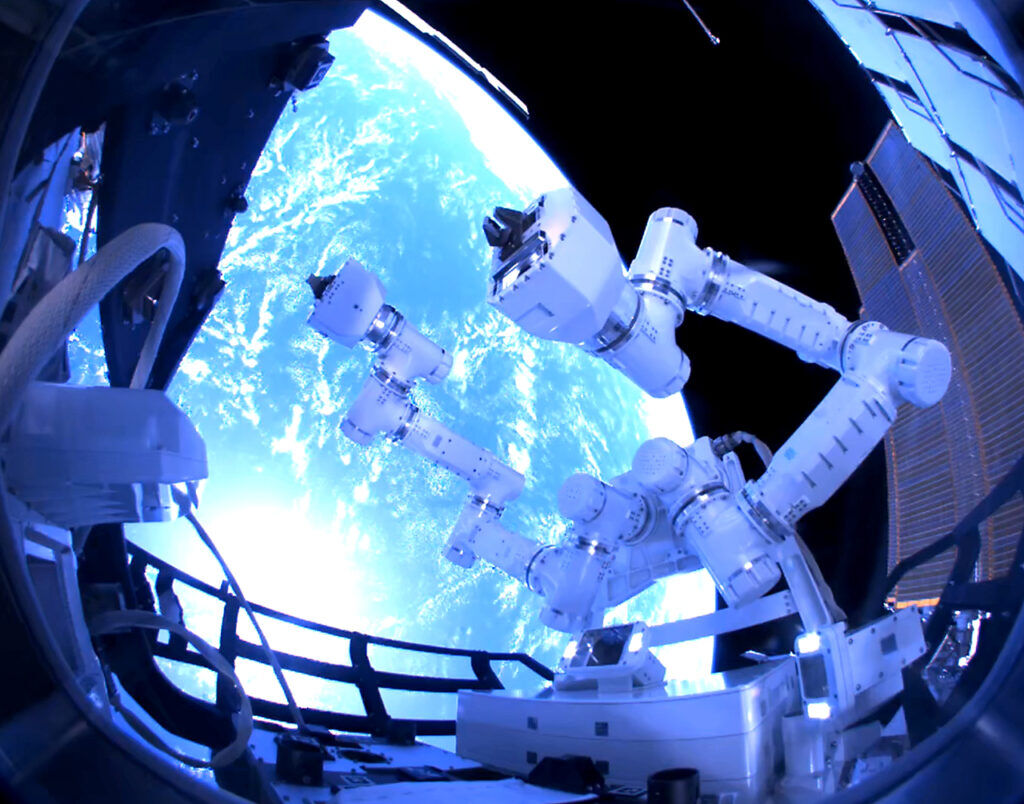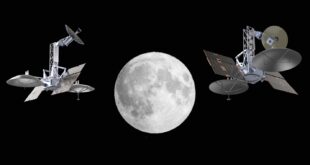
Ibadan, 25 May 2024. – GITAI USA Inc. (GITAI) has announced the successful completion of all planned tasks in an external demonstration focusing on in-space servicing, assembly, and manufacturing (ISAM). These tasks are crucial for on-orbit satellite servicing and were accomplished using a 1.5-meter-long autonomous dual robotic arm system (S2) outside the International Space Station (ISS). This milestone marks GITAI’s second successful demonstration, following an earlier demonstration inside the ISS in 2021.
GITAI’s goal is to offer on-orbit satellite servicing in both Geostationary Orbit (GEO) and Low Earth Orbit (LEO). The company is actively developing in-house robotic satellites capable of performing tasks like rendezvous, docking, inspection, de-orbiting, and life extension services for customer satellites. Consequently, the GITAI 1.5-meter-long autonomous dual robotic arm system successfully executed all planned in-space servicing, assembly, and manufacturing (ISAM) tasks outside the ISS Bishop Airlock. Although all tasks for this demonstration are complete, reliability evaluation tests will continue for the remaining five months of the six-month demonstration period.
With the successful demonstration outside the ISS, the GITAI 1.5-meter-long autonomous dual robotic arm system has attained NASA’s Technology Readiness Level (TRL) 7, confirming that the technology is fully operational in space. Moreover, the demonstration’s success has shown that GITAI’s inchworm-type robotic arm, sharing many major components with the S2 system, also achieves NASA TRL7 equivalence.
Leveraging the success of this external demonstration, GITAI is looking to accelerate the in-house development of a robotic satellite for on-orbit services, aiming to begin providing on-orbit servicing in 2026. The Company aims to reduce the cost of labor in space by 100 times, thereby providing a safe and affordable means of work in space.
 SpaceWatch.Global An independent perspective on space
SpaceWatch.Global An independent perspective on space




